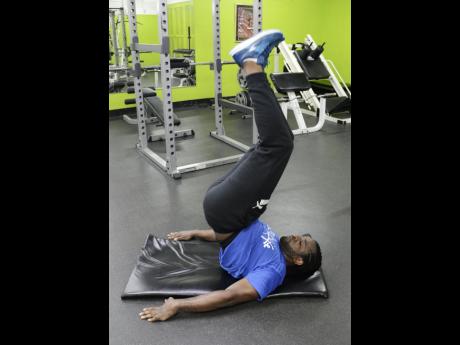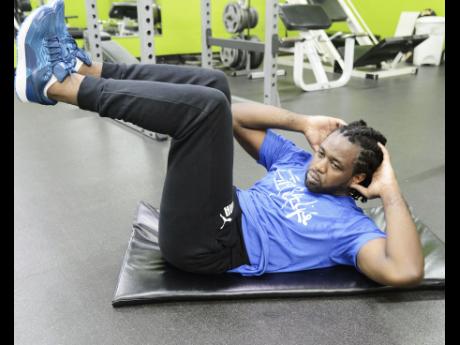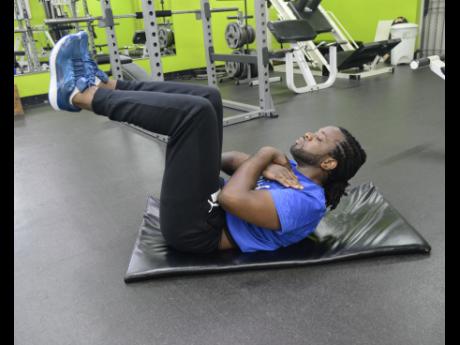Fit 4 Life | Strength at the core
When we speak of core training, the first thing that rushes to mind is six pack abs. But slow down just a bit and let us look at what core training really involves. The core, at least as far as training is concerned, is a large group of muscles consisting of those in the midsection and others such as the glutes, which stabilises and protects the spine. Some muscle are deep within the body such as the diaphragm and transverse abdominis. Others, such as the rectus abdominis - you know, the one that you call the six-pack - are closer to the surface.
CORE FUNCTIONS
While the muscles of the core might have other functions, their main function in exercise is to protect and stabilise the spine by limiting movement in all directions. The core muscles are involved in nearly all compound movements, from twisting and bending to getting and remaining upright.
Whether it be reaching for a bottle of water, carrying a handbag or backpack, picking up a baby, or doing a set of squats, core strength is important for proper function and injury prevention.
How many times have we heard of people injuring their backs doing simple tasks, such as bending to pick up a set of fallen keys from the ground?
Try it yourself:
Want to test just how much you rely on your core? Pick up a set of dumbbells and do one rep of standing simultaneous dumbbell curls (flex both arms at the same time). Do the curl in proper form with smooth, controlled movements. On the downward movement, stop halfway and hold the position for at least 10 seconds and you will realise just how much core work is needed for this simple exercise.
CORE TRAINING
Core training is usually split into two groups - the first focusing on the front and side muscles and the other focusing on the back.
When training the core, variety is important. Doing a thousand crunches will not be as effective as mixing and matching a variety of movements to ensure that every muscle in the group gets adequate training.
Like any other muscle group, the core needs rest in order to recover and grow. So training it everyday, while common, is not recommended. Check out our ab and back routine to get the most out of your core training.
FIT FACT
Six packs are made in the kitchen
Can't see your six-pack? That's because it is being covered by fat. Core work won't burn the fat off your midsection. Eating clean and incorporating cardio and compound movements into your routine should do the trick.
Check out video demos of our core routine at www.jamaica-gleaner.com/videos
Don't forget to follow us on Facebook, Instagram, Twitter and tag your posts with #fit4lifeja
- Marvin Gordon is a fitness coach; Email: marvin.gordon@physiqueandfunction.com; yourhealth@gleanerjm.com




